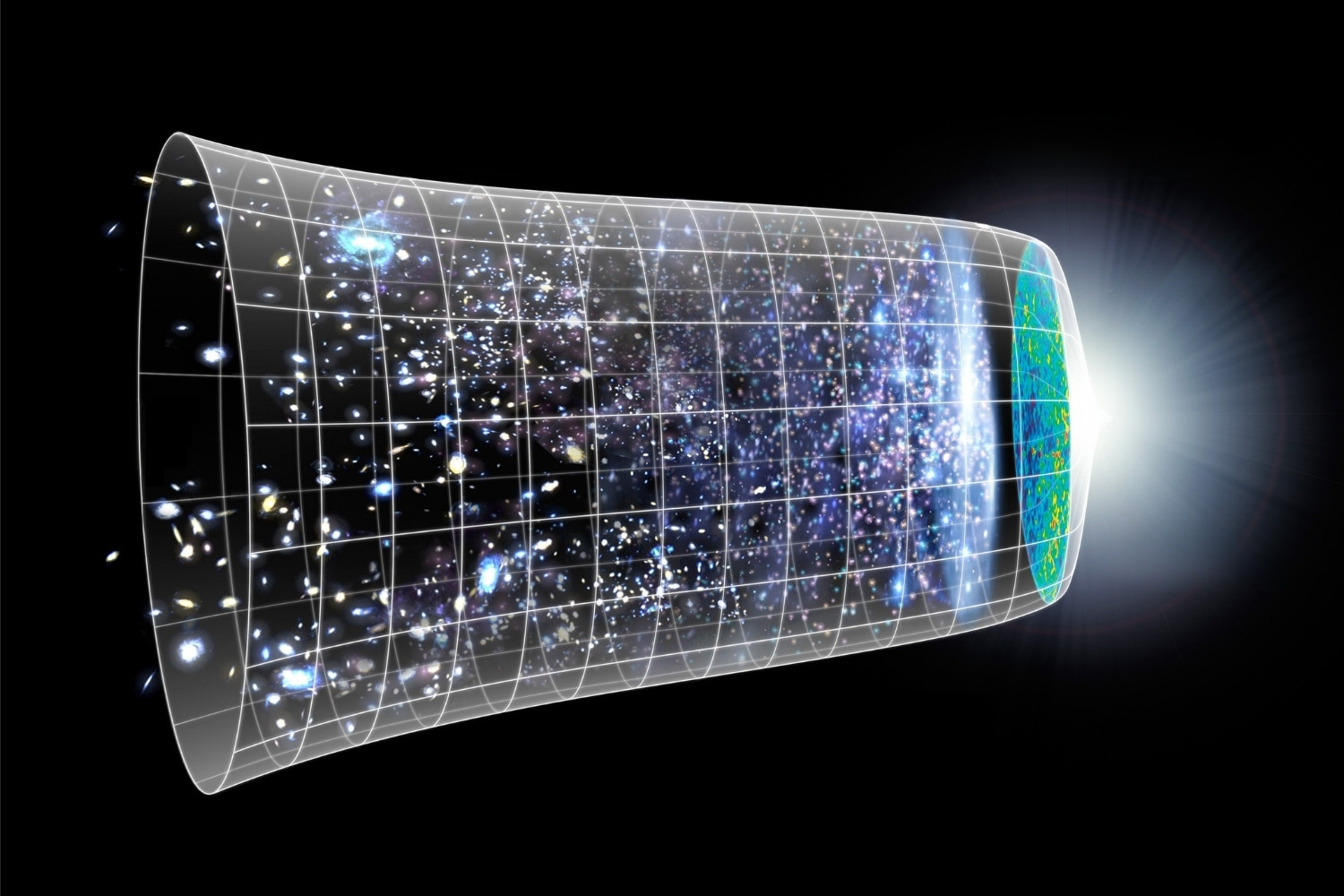
What is the tensor-to-scalar ratio? The tensor-to-scalar ratio is a key parameter in cosmology that measures the relative strength of gravitational waves (tensor perturbations) to density fluctuations (scalar perturbations) in the early universe. This ratio helps scientists understand the conditions of the universe just after the Big Bang. A higher ratio suggests stronger gravitational waves, while a lower ratio indicates weaker ones. Researchers use this ratio to test different models of cosmic inflation, the rapid expansion of the universe right after its birth. Understanding this ratio can provide insights into the fundamental forces and particles that shaped our universe.
What is the Tensor-to-Scalar Ratio?
The tensor-to-scalar ratio is a key concept in cosmology, particularly in the study of the early universe. It measures the relative contributions of gravitational waves (tensor modes) and density fluctuations (scalar modes) in the cosmic microwave background (CMB). Understanding this ratio helps scientists learn more about the inflationary period of the universe.
- The tensor-to-scalar ratio is often denoted by the symbol ( r ).
- It provides insights into the physics of the early universe, especially during the inflationary epoch.
- A higher ratio suggests a stronger presence of gravitational waves in the early universe.
- The ratio is crucial for testing different models of cosmic inflation.
- Current observations place an upper limit on ( r ), but exact values are still being researched.
Importance in Cosmology
The tensor-to-scalar ratio holds significant importance in cosmology. It helps scientists understand the dynamics of the early universe and the mechanisms behind cosmic inflation.
- The ratio helps differentiate between various inflationary models.
- It can provide evidence for or against the existence of primordial gravitational waves.
- Understanding ( r ) can help refine the parameters of the Standard Model of cosmology.
- It aids in the study of the CMB's polarization patterns.
- The ratio is a critical parameter in the search for a unified theory of physics.
Measuring the Tensor-to-Scalar Ratio
Measuring the tensor-to-scalar ratio involves sophisticated techniques and instruments. Scientists use data from the CMB and other cosmic observations to estimate ( r ).
- The Planck satellite has provided valuable data for estimating ( r ).
- Ground-based observatories like BICEP2 have also contributed to measurements.
- Future missions like the LiteBIRD satellite aim to improve the precision of ( r ) measurements.
- Polarization of the CMB is a key observable for determining ( r ).
- Advanced statistical methods are used to extract ( r ) from observational data.
Implications for Inflationary Models
The value of the tensor-to-scalar ratio has direct implications for various inflationary models. It helps scientists narrow down the possible scenarios for the early universe.
- A low ( r ) value supports models with lower energy scales of inflation.
- High ( r ) values would indicate a more significant role for gravitational waves.
- The ratio can help distinguish between single-field and multi-field inflation models.
- It provides constraints on the shape of the inflationary potential.
- ( r ) is linked to the speed of sound during inflation, affecting the dynamics of the process.
Challenges in Determining the Ratio
Determining the tensor-to-scalar ratio is not without challenges. Various factors can complicate the measurement and interpretation of ( r ).
- Foreground contamination from galactic dust can interfere with CMB observations.
- Instrumental noise and systematic errors can affect the accuracy of measurements.
- Cosmic variance limits the precision with which ( r ) can be determined.
- Theoretical uncertainties in inflationary models can complicate the interpretation of ( r ).
- Distinguishing between tensor and scalar modes in the CMB requires high sensitivity and resolution.
Future Prospects
The future of tensor-to-scalar ratio research looks promising. Advances in technology and new missions are expected to provide more precise measurements and deeper insights.
- Upcoming missions like CMB-S4 aim to improve the sensitivity of ( r ) measurements.
- Collaboration between international space agencies will enhance data collection and analysis.
- Improved detector technology will reduce noise and increase the accuracy of observations.
- Theoretical advancements will help refine models and predictions related to ( r ).
- Cross-correlation with other cosmological data sets will provide a more comprehensive understanding of ( r ).
Conclusion
The tensor-to-scalar ratio is a fundamental parameter in cosmology, offering valuable insights into the early universe and the inflationary period. Continued research and advancements in technology will help scientists unlock more secrets of the cosmos.
- Understanding ( r ) contributes to the broader goal of unifying general relativity and quantum mechanics.
- The quest to measure ( r ) accurately is a driving force behind many current and future cosmological experiments.
Final Thoughts on Tensor-to-Scalar Ratio
Understanding the tensor-to-scalar ratio is crucial for grasping the early universe's mysteries. This ratio helps scientists measure the primordial gravitational waves and density fluctuations from the Big Bang. By analyzing these elements, researchers can refine cosmological models and theories about the universe's origins.
The tensor-to-scalar ratio isn't just a number; it's a window into the past. It provides insights into inflationary models and helps validate or challenge existing theories. As technology advances, measurements become more precise, leading to even deeper understanding.
For those passionate about cosmology, keeping an eye on developments in this field is essential. The tensor-to-scalar ratio will continue to play a pivotal role in unraveling the universe's secrets. Stay curious and keep exploring the cosmos!
Was this page helpful?
Our commitment to delivering trustworthy and engaging content is at the heart of what we do. Each fact on our site is contributed by real users like you, bringing a wealth of diverse insights and information. To ensure the highest standards of accuracy and reliability, our dedicated editors meticulously review each submission. This process guarantees that the facts we share are not only fascinating but also credible. Trust in our commitment to quality and authenticity as you explore and learn with us.
